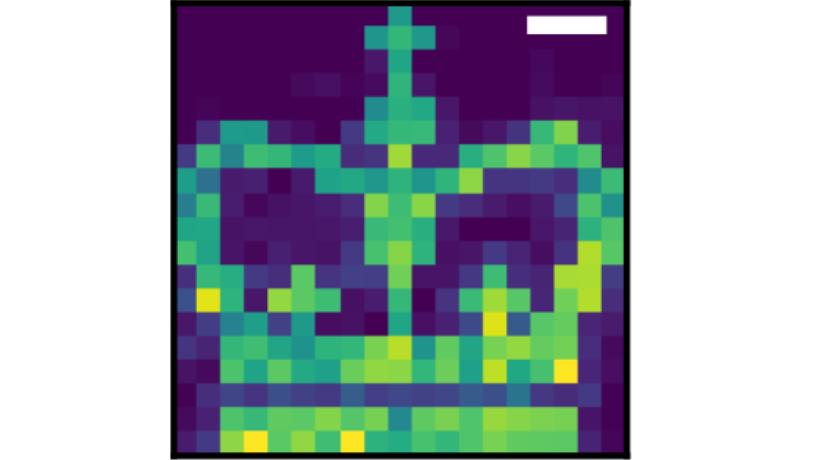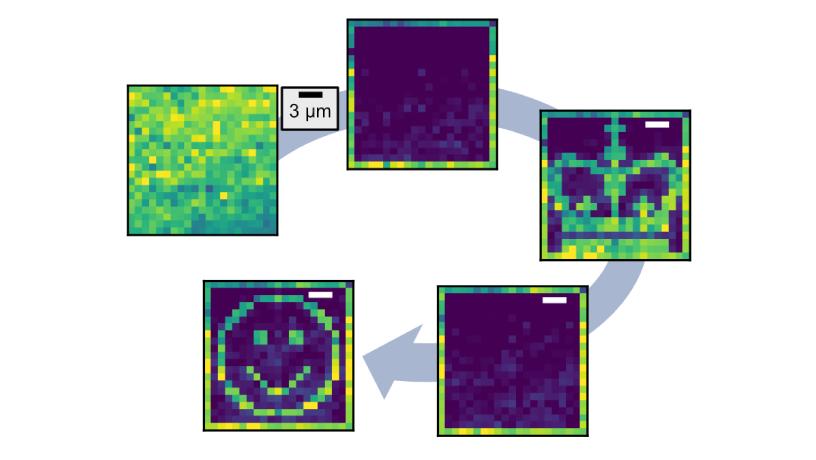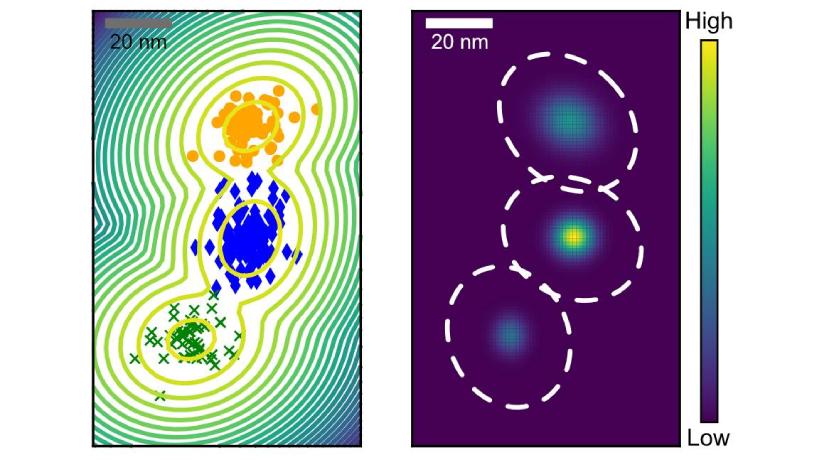Scientists at Columbia Engineering, Berkeley Lab, and UNIST demonstrate that ultra-photostable avalanching nanoparticles are capable of unlimited photoswitching, lighting the way for advances in optical probes, 3D memory, and super-resolution microscopy.

Nanocrystal Materials Shines On and Off Indefinitely: In 2021, lanthanide-doped nanoparticles made waves—or rather, an avalanche—when Changwan Lee, then a PhD student in Jim Schuck’s lab at Columbia Engineering, set off an extreme light-producing chain reaction from ultrasmall crystals developed at the Molecular Foundry at Berkeley Lab. Those same crystals are back again with a blink that can now be deliberately and indefinitely controlled.
“We’ve found the first fully photostable, fully photoswitchable nanoparticle—a holy grail of nanoprobe design,” said Schuck, associate professor of mechanical engineering.
This unique material was synthesized in the laboratories of Emory Chan and Bruce Cohen at the Molecular Foundry, Lawrence Berkeley National Laboratory, as well as in a national lab in South Korea. The research team also included Yung Doug Suh’s lab at Ulsan National Institute of Science and Technology (UNIST).
The Holy Grail: A Simple, Stable Light Switch
Nanocrystal Materials Shines On and Off Indefinitely: Existing organic dyes and fluorescent proteins used in applications like optical memory, nanopatterning, and bioimaging have yielded years of breakthroughs (and garnered a Nobel Prize in Chemistry in 2014), but these molecules have limited lifespans. Upon illumination, most will begin blinking randomly and ultimately will go dark permanently, or “photobleach.”
In contrast, lanthanide-doped nanoparticles show remarkable photostability. In over 15 years of working with them in his lab, Schuck noted they’ve never seen one die. Until one random day in 2018 when Lee and PhD student Emma Xu observed a crystal go dark, and then turn back on again. Lee dug into the literature and found 30-year-old mentions of lanthanide optical fibers that could be “photodarkened” and “photobrightened”—suggesting the blinking behavior could be controlled.
We’ve found the first fully photostable, fully photoswitchable nanoparticle—a holy grail of nanoprobe design
JIM SCHUCK
ASSOCIATE PROFESSOR OF MECHANICAL ENGINEERING
Weird Results Brighten Future Applications

Nanocrystal Materials Shines On and Off Indefinitely: Looking towards potential applications, the team demonstrated how the particles can be used to write—and rewrite—patterns onto 3D substrates, which could one day improve high-density optical data storage and computer memory.
“This indefinite, bidirectional photoswitching nanocrystal could yield an all-optical quantum memory device for storing the vast amount of data produced by quantum computers—think of CD-ROMs and CD-RWs, but faster and much more precise,” Suh said.

The particles also offer potentially infinite resolving power, which depends on the number of photons produced by a probe under a super-resolution nanoscope. Using equipment in Suh’s lab, Lee reached sub-Àngstrom precision in only a few hours.
The team believes that photoswitching observed in the current work ultimately results from atomic crystal defects too small to be visualized even with the most advanced electron microscopes. These defects shift the particle’s avalanche threshold up or down and can be toggled by different wavelengths of light to make the signal dimmer or brighter.
In addition to pursuing potential applications in optical memory, super-resolution microscopy, and bioimaging and biosensing, the team is using nanoparticle synthesis robots at the Molecular Foundry, advanced computational models, and machine learning to improve the current crystals further and explore whether they can synthesize other kinds of nanoparticles with similar photoswitchable properties.
This entire study was a surprise, said Cohen. “We had been saying since our 2009 paper that this class of nanoparticles doesn’t switch on and off, and yet that’s exactly what we’re studying here. One of the things we’ve found with these nanoparticles is to embrace weird results.”
Nanocrystal Materials Shines On and Off Indefinitely: Original Article










